Tapco HomeDry Dry Rot Treatment Sittingbourne
We are long term members of Trust Mark and a member of the BWA. CHAS accredited contractor. In addition, all of our surveyors are trained to the high standards of the PCA (Property Care Association).


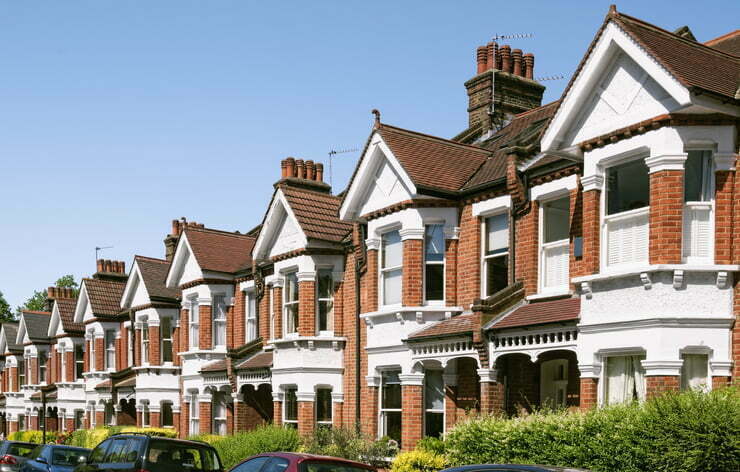
Dry Rot Specialist In Sittingbourne
Are you worried about dry rot in your Sittingbourne home? Tapco Homedry can provide an extensive service to address the cause of your damp problem that is leading to dry rot. Get in touch with our team today to arrange a survey.
Signs of dry rot in your home
As a homeowner, it’s helpful to be able to spot the signs of dry rot in your home. The faster you deal with the issue, the less likely it is that the damage will be extensive. To spot dry rot in your home, look out for a furry white growth on wood. As the fungus fruits, it produces a bloom that is rusty brown or orange in colour.
The wood left behind after dry rot will be darkened, brittle and warped. There will be cuboidal cracking to the structure that leaves it weakened and fragile. If you can’t see the dry rot, there is a good chance you’ll be able to smell it. Dry rot smells damp and musty, but this can often be confused with other issues.
What is dry rot?
Dry rot is the name given to a type of fungus. This fungus is widespread on forest floors where it helps to break down fallen trees to clear the woodland for new growth. Despite the name, it actually needs damp wood in order to thrive. It can also be found in homes where it can cause widespread damage.
At the earliest stages, the fungus will be visible as a furry white growth that spreads over damp wood. The fruiting spores produce a bloom that is rusty brown in colour and this helps to spread the fungus even further. The wood left behind will be dried out, brittle and warped.
Despite the name, dry rot actually requires some moisture to be able to thrive. The name actually refers to the damage done to the wood. This is why it most commonly affects older properties with ageing wood and those with timber frames. It can also cause damage to things like hardwood floors, door frames and doors.
How is dry rot treated?
The first stage in treating dry rot is to stop the fungus from spreading. We do this using a fungicidal treatment on the wood and surrounding areas. We can then address the damage done and restore or replace any damaged wood with pre-treated timber.
Next, we would want to address the source of the dampness that would enable dry rot to spread. We can carry out a full damp survey to help get to the root of the issue. Follow-up visits will help to confirm that the dry rot has been completely eradicated.
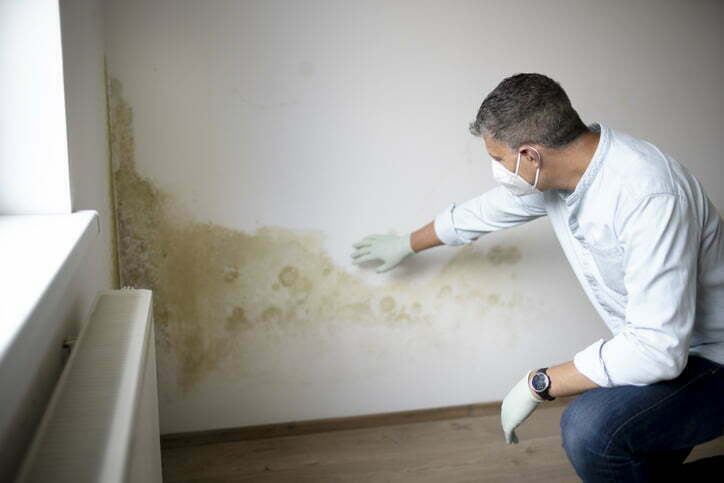
Dry rot experts in Sittingbourne
If you’re struggling with a dry rot problem in Sittingbourne, let our expert team put your mind at ease. We can attend any property and provide a full dry rot survey to help prevent the issue from spreading. Get in touch with Tapco Homedry today to learn more about our Sittingbourne dry rot treatment.
What’s the difference between wet rot and dry rot?
Contrary to popular belief, these two are not just the same type of rot under different circumstances. Dry rot and wet rot are caused by two different types of fungus and they need very different conditions to thrive. If you have wet rot in your property, you likely have a severe damp problem as this type of rot requires moisture levels above 50% to thrive.
With dry rot, there is likely still a damp problem, but it likely isn’t as severe, as the moisture levels only need to be around 20% for this type of fungus to thrive. Wet rot and dry rot are not commonly seen together as they have such different requirements to spread. If you’re worried about either type of fungus in your home, contact our team today.


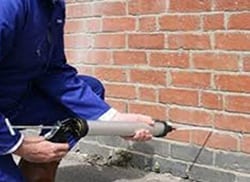 Damp Proofing
Damp Proofing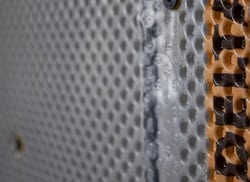 Basement Damp Proofing
Basement Damp Proofing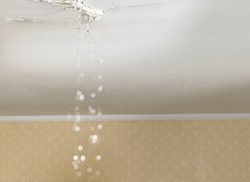 Water Damage
Water Damage Condensation Control
Condensation Control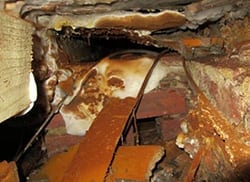 Dry Rot Treatment
Dry Rot Treatment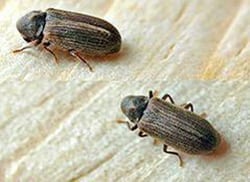 WOODWORM & WET ROT
WOODWORM & WET ROT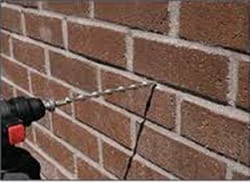 CAVITY Wall Ties
CAVITY Wall Ties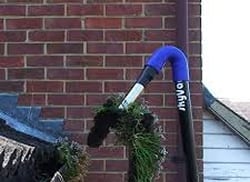 Property Maintenance
Property Maintenance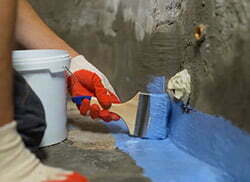 Waterproofing And Tanking
Waterproofing And Tanking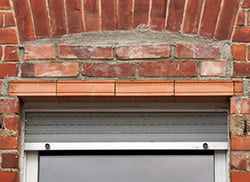 Structural Repairs
Structural Repairs
